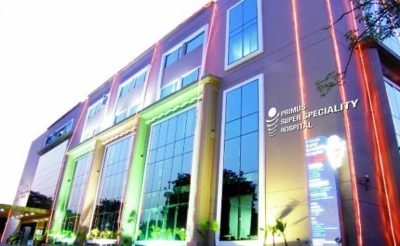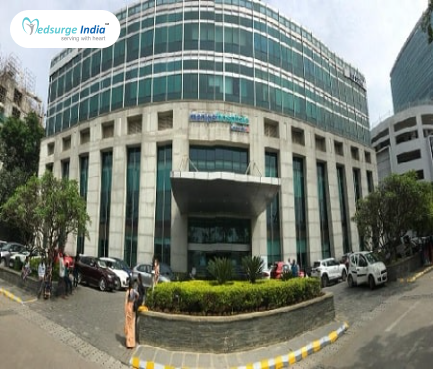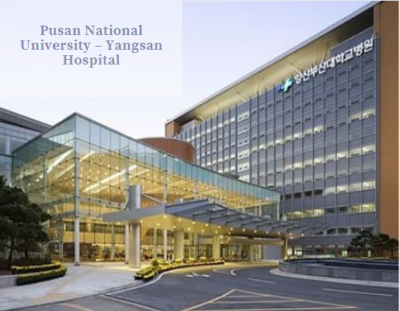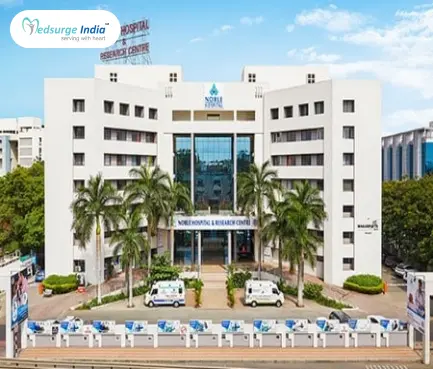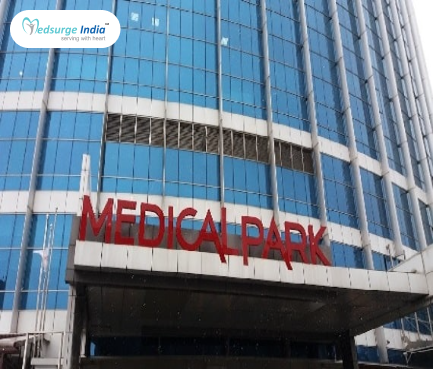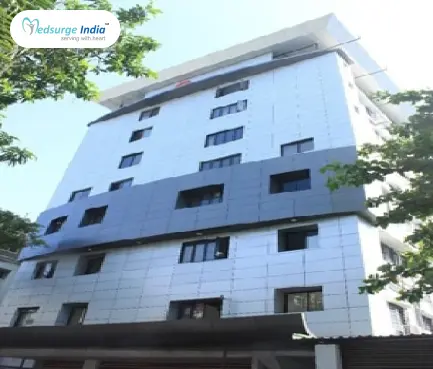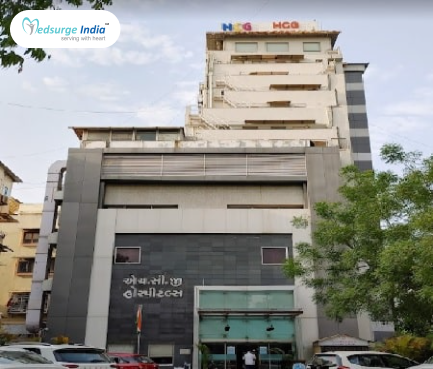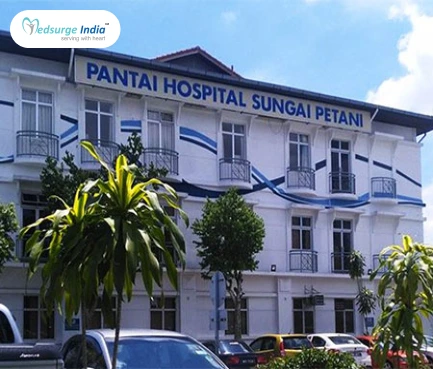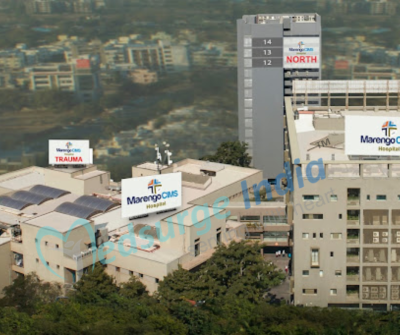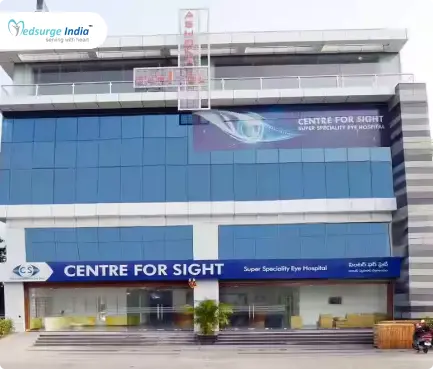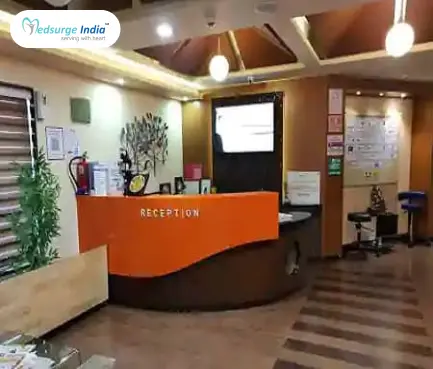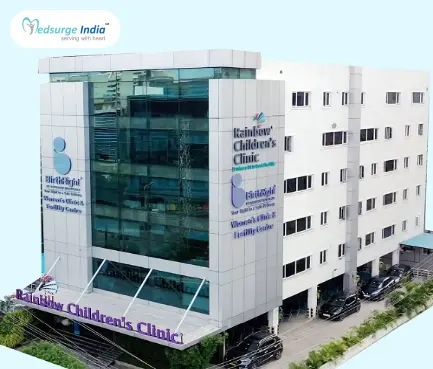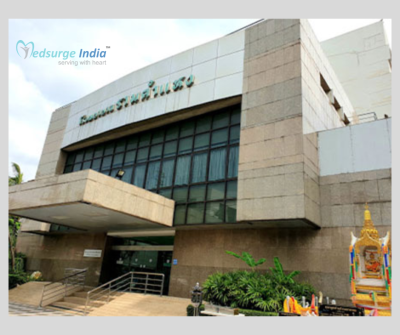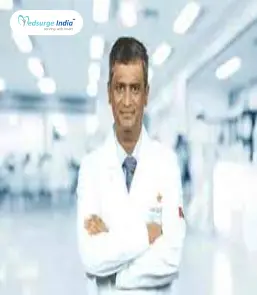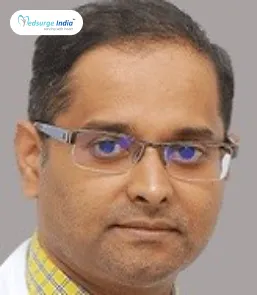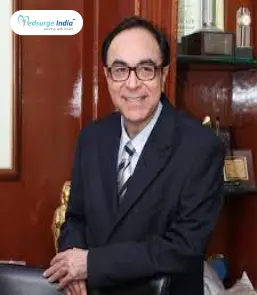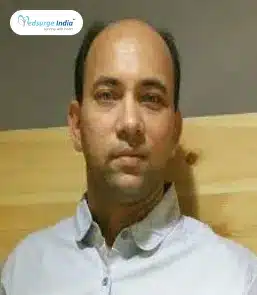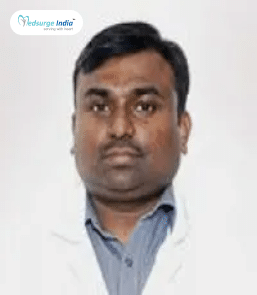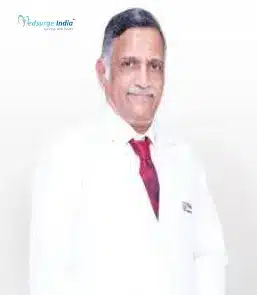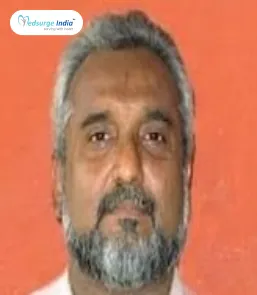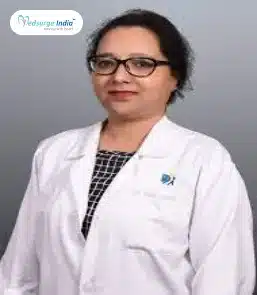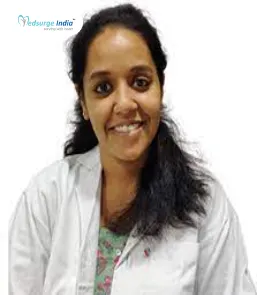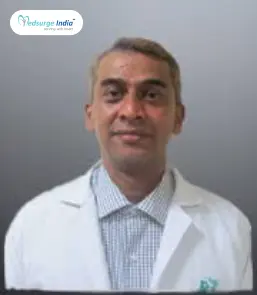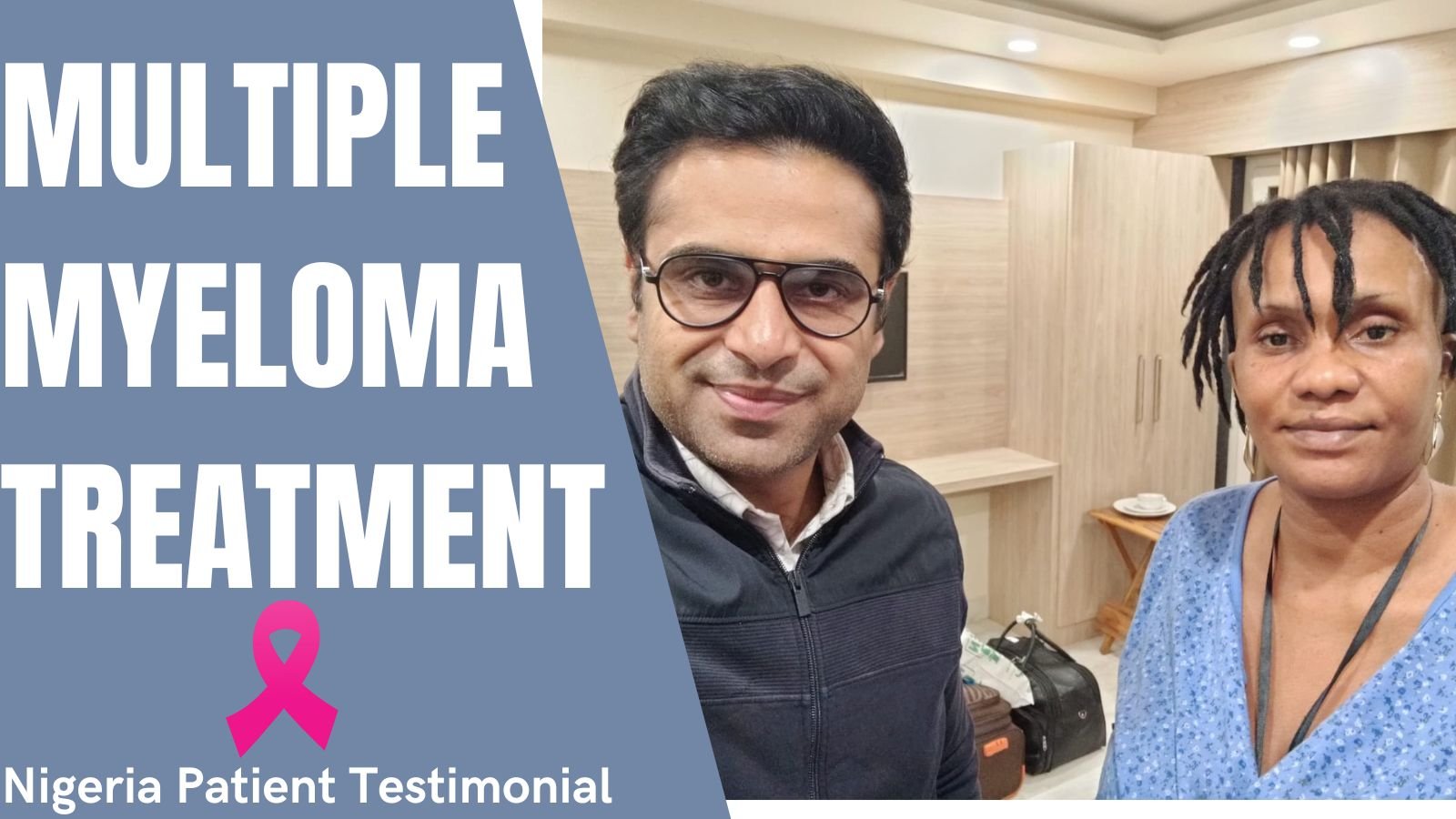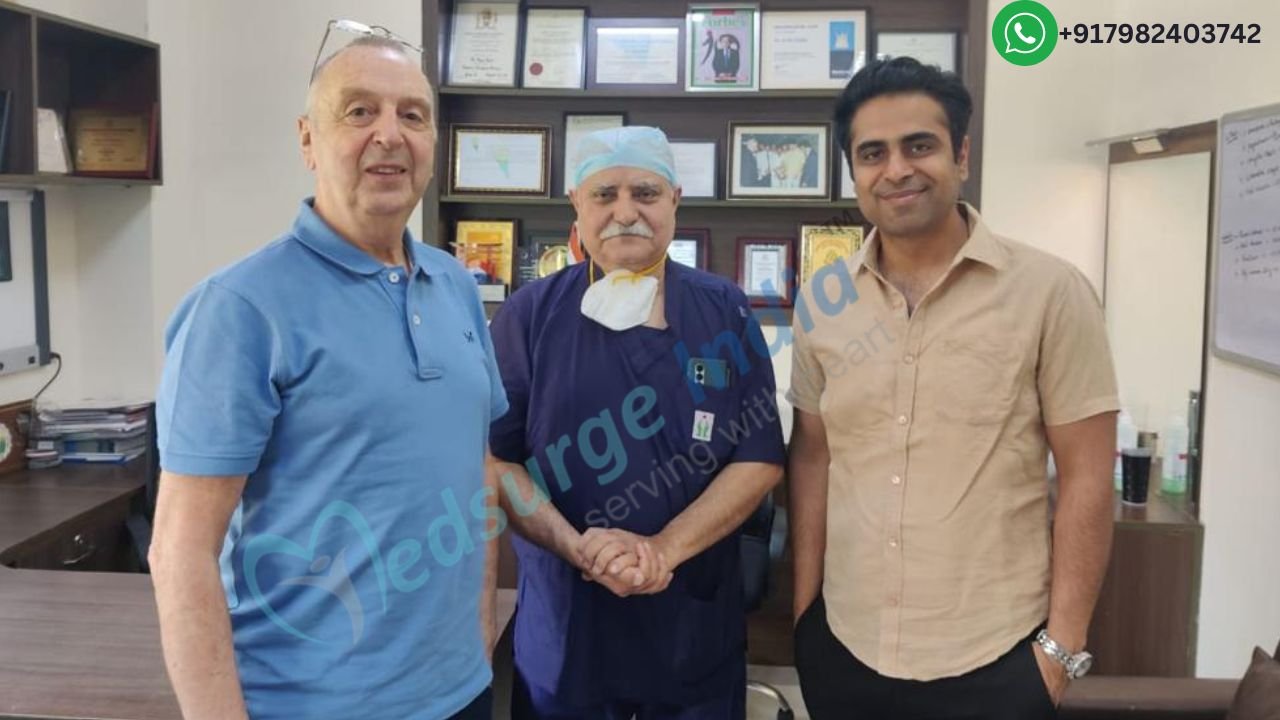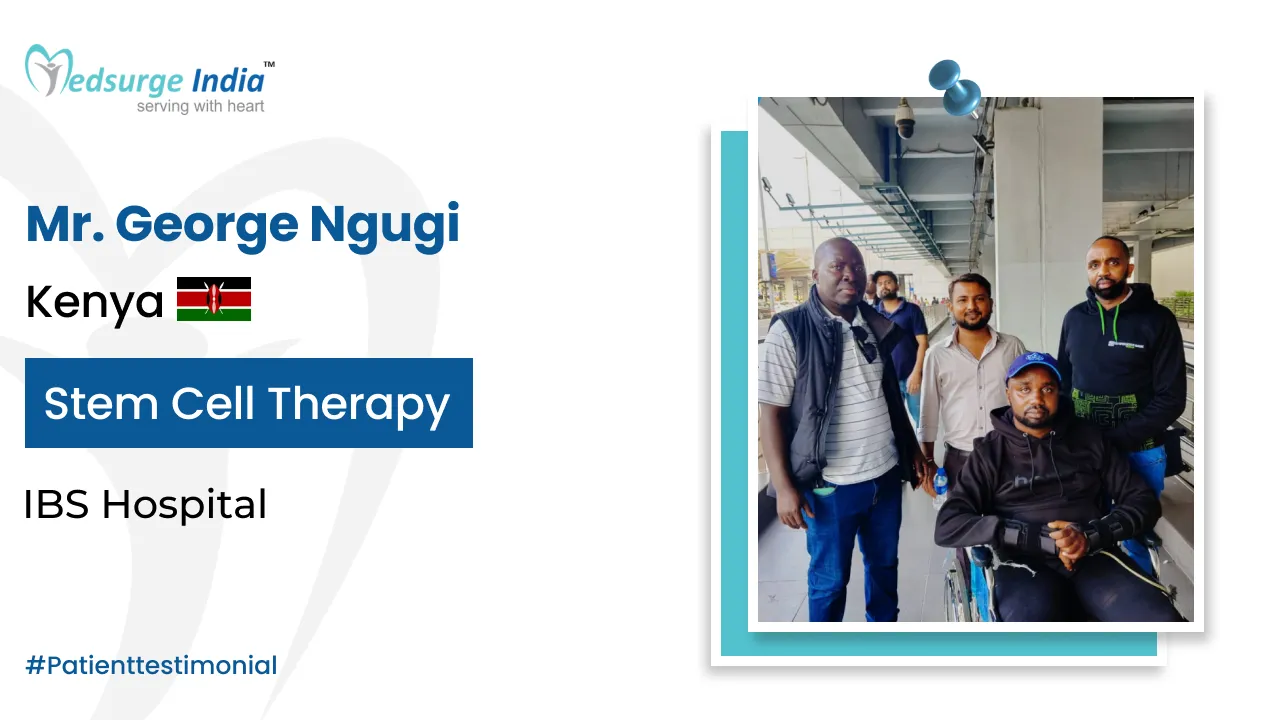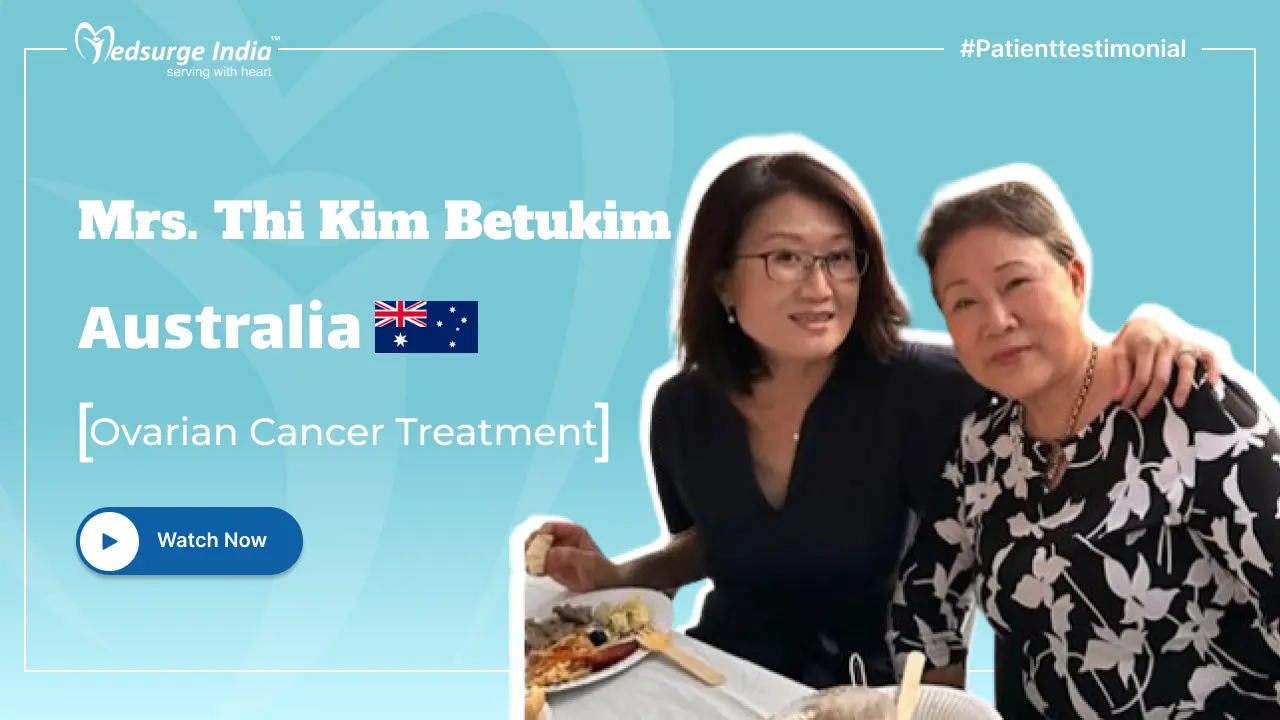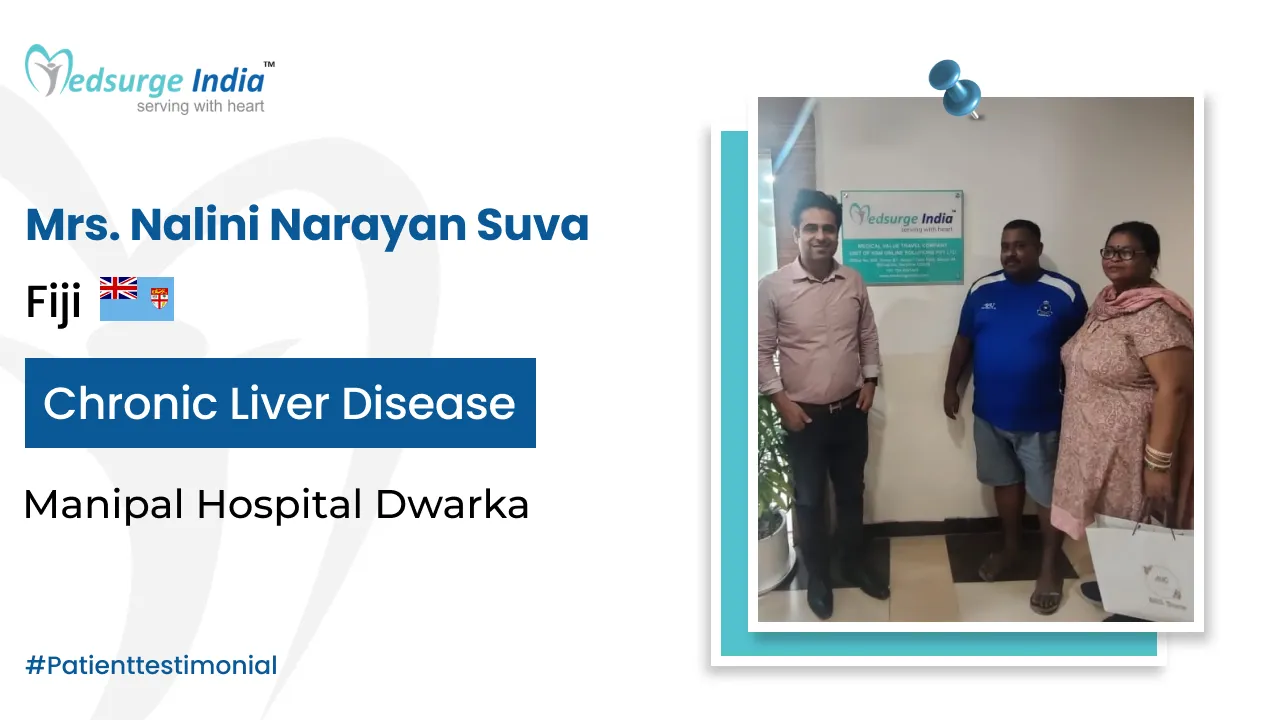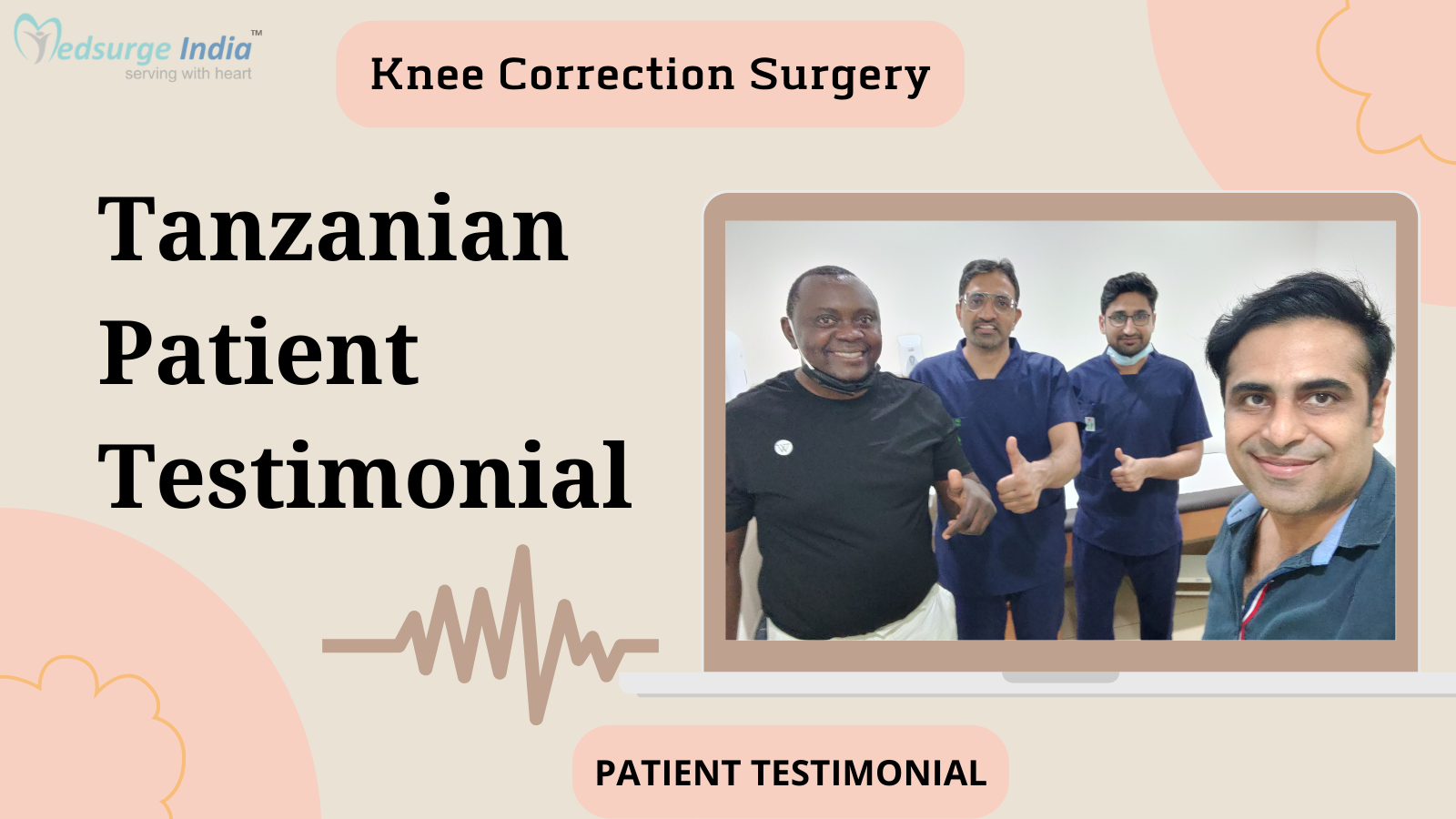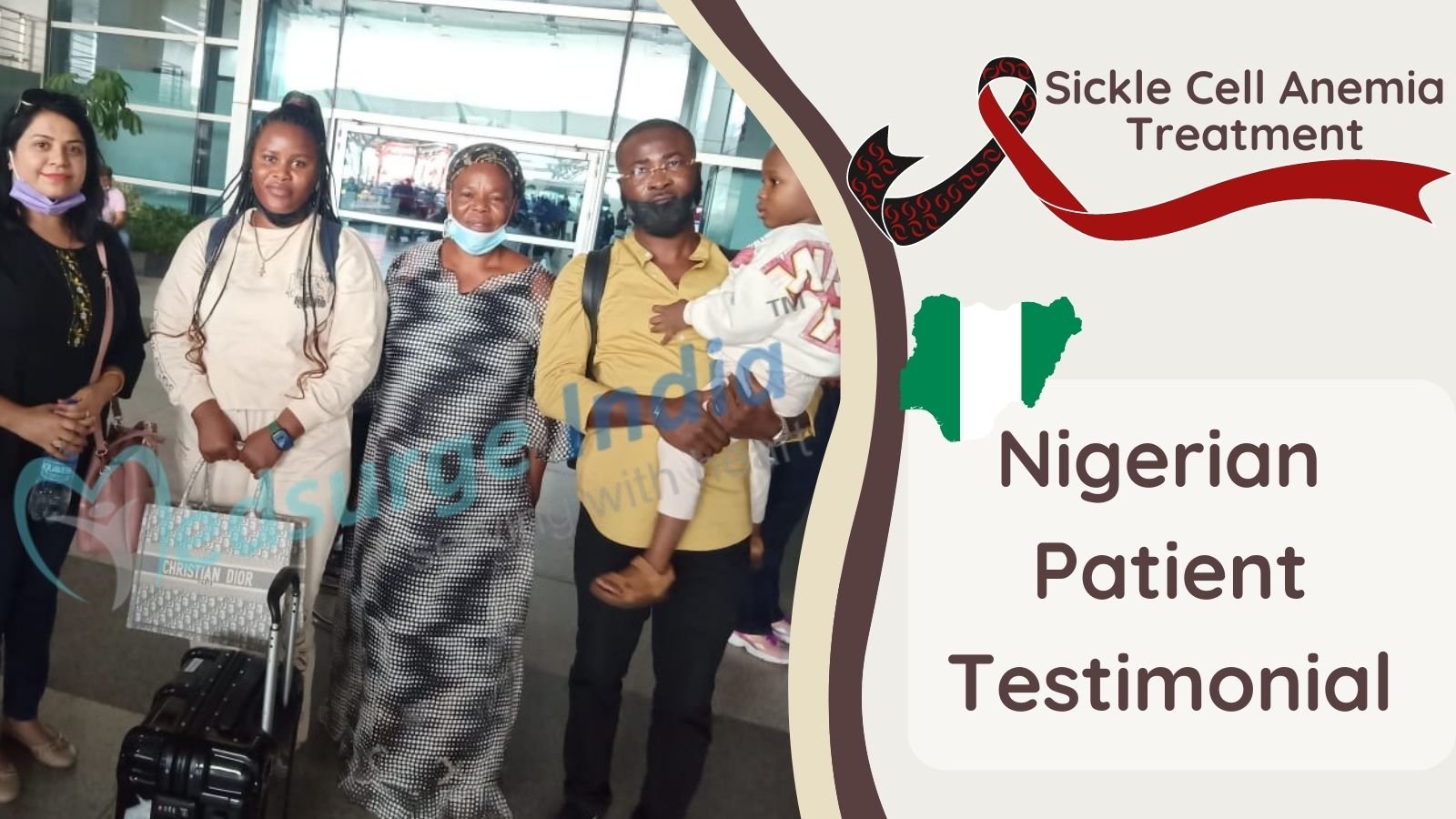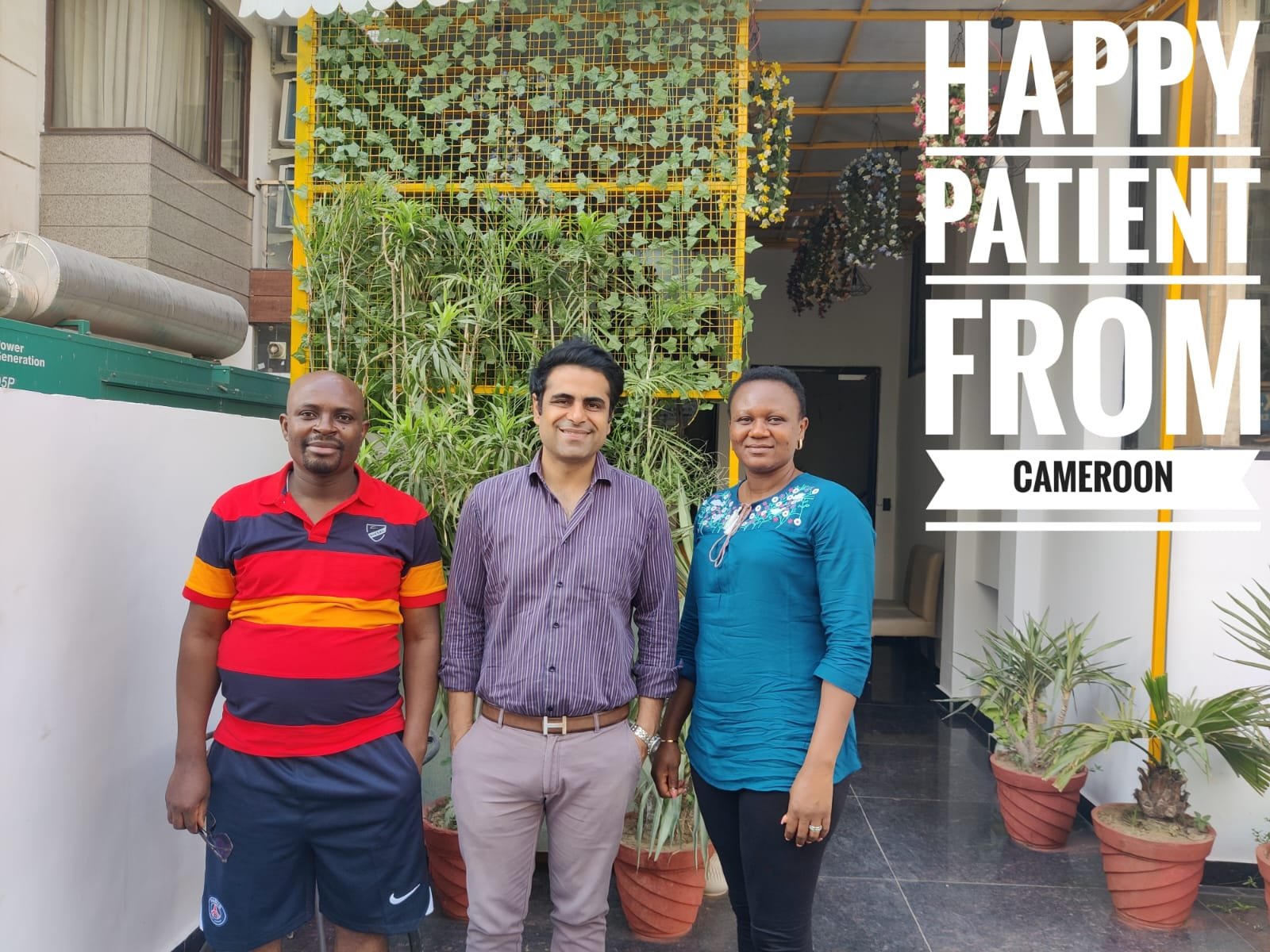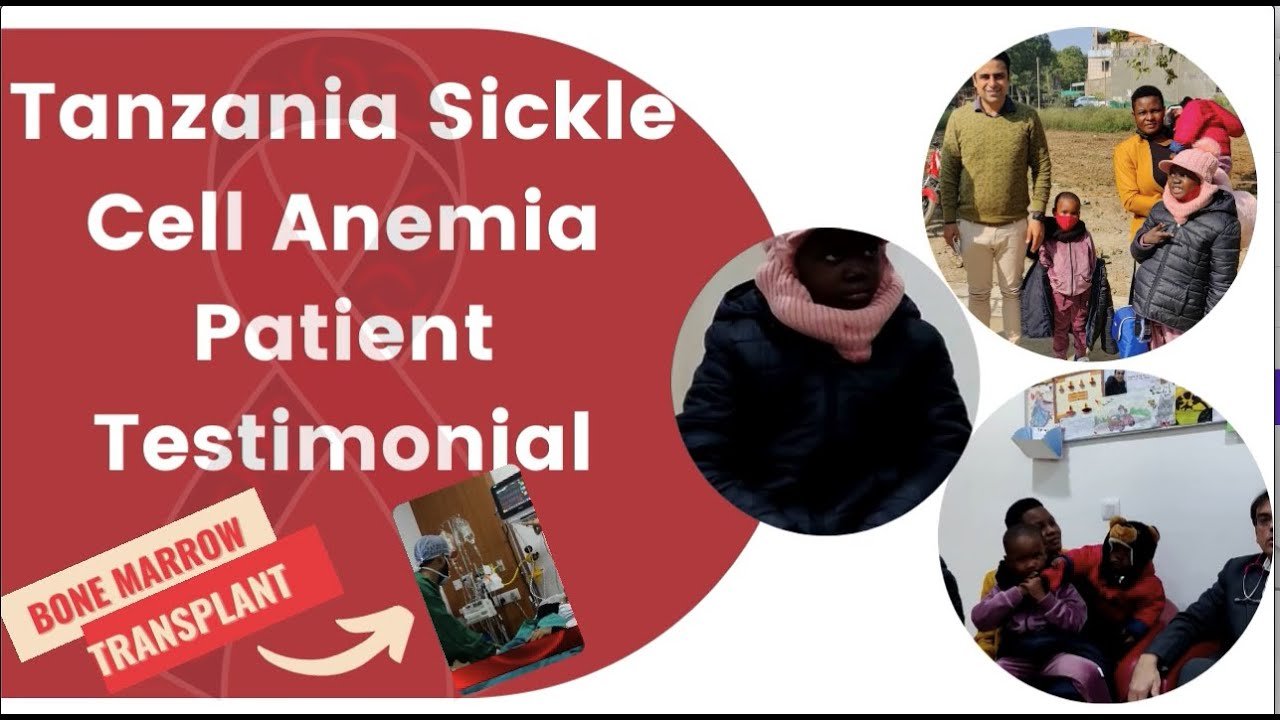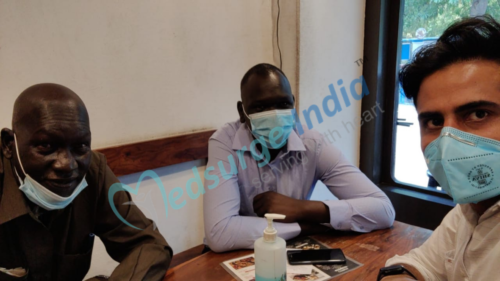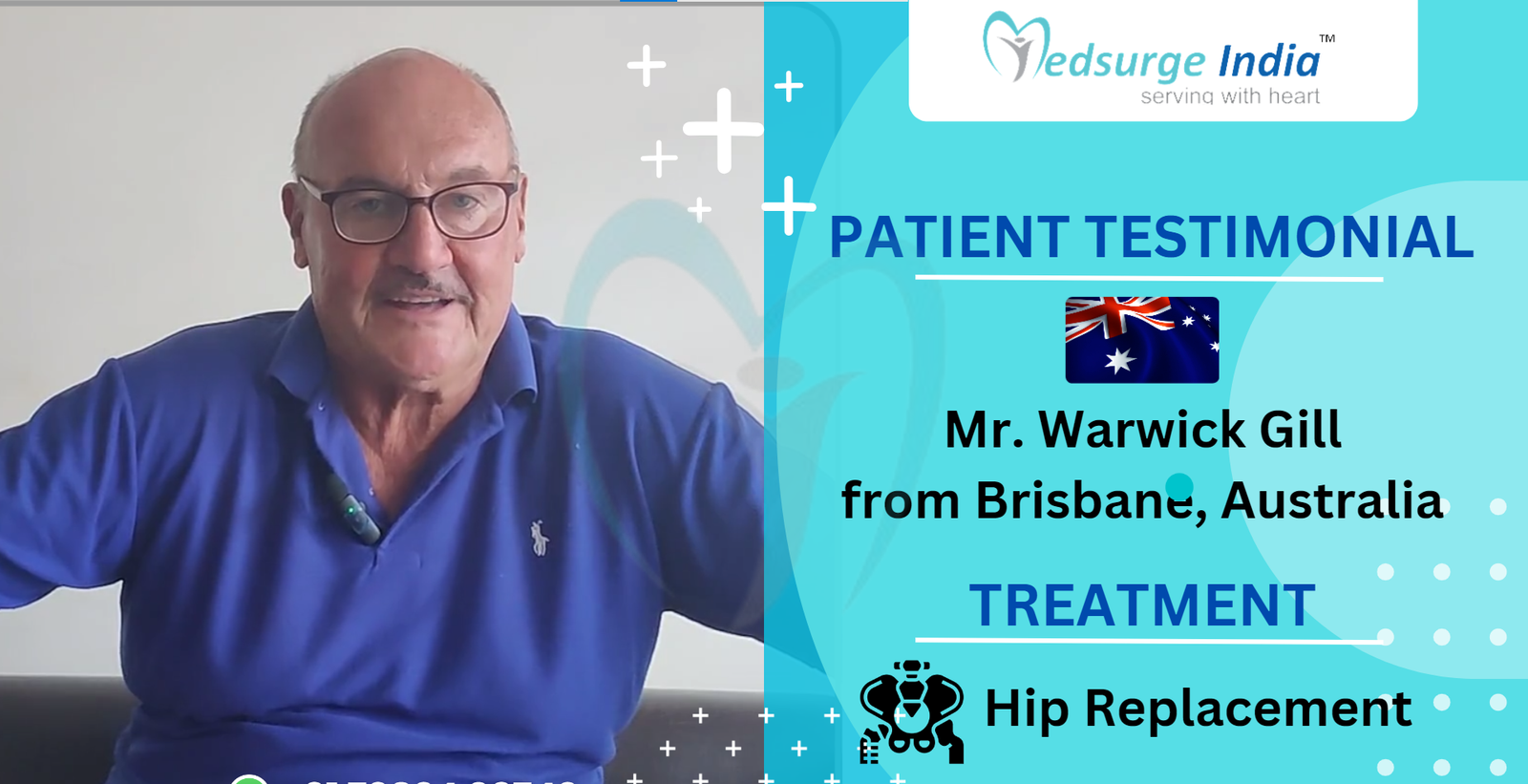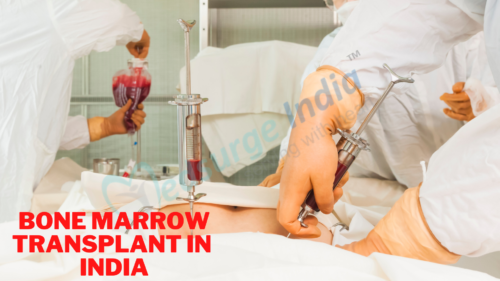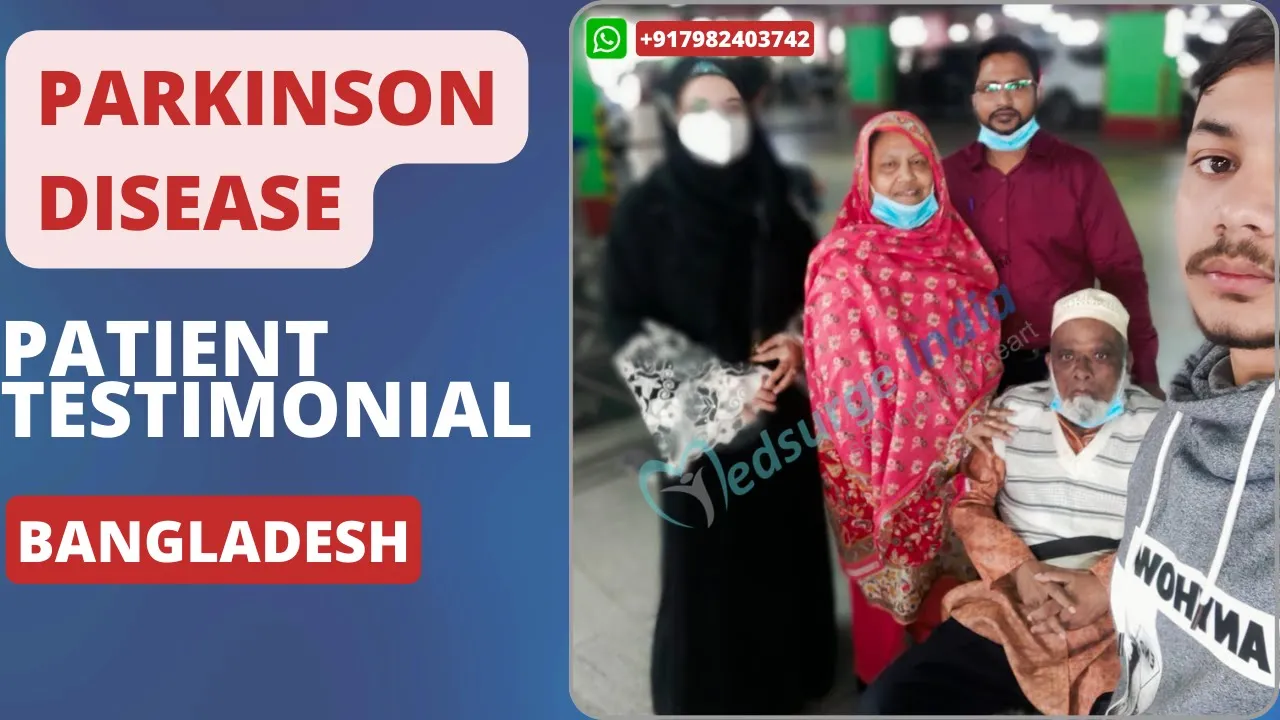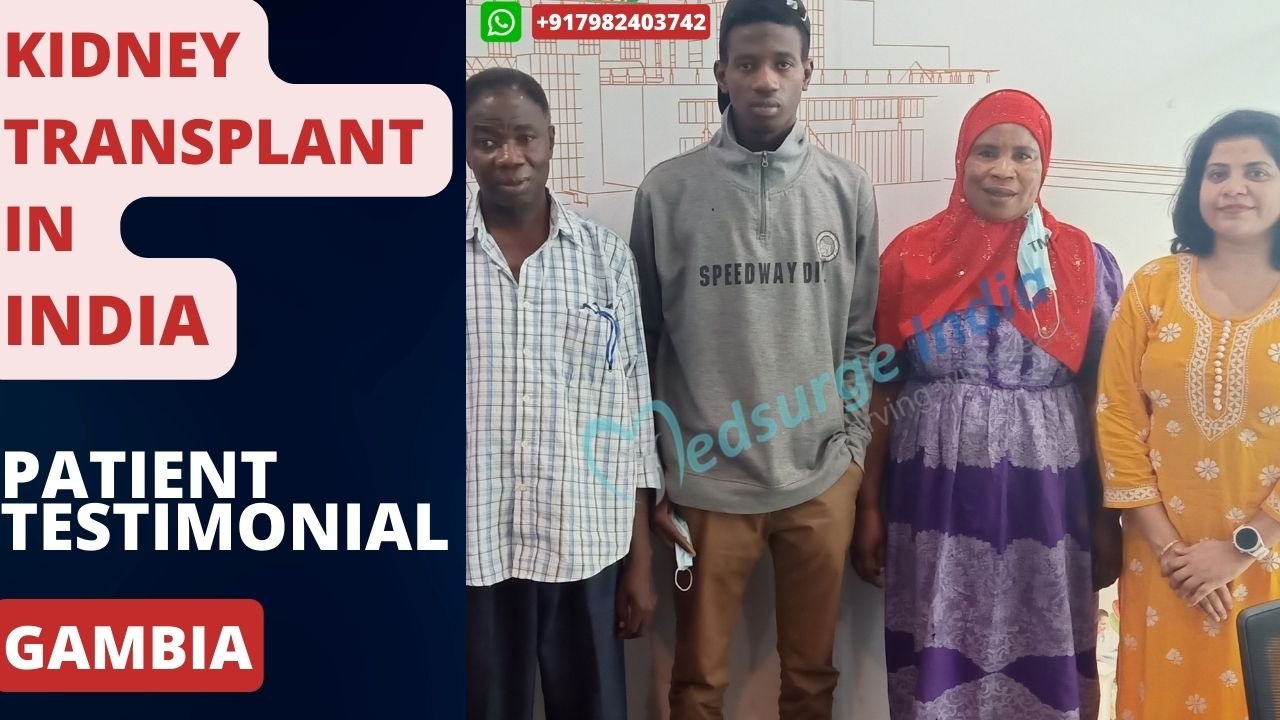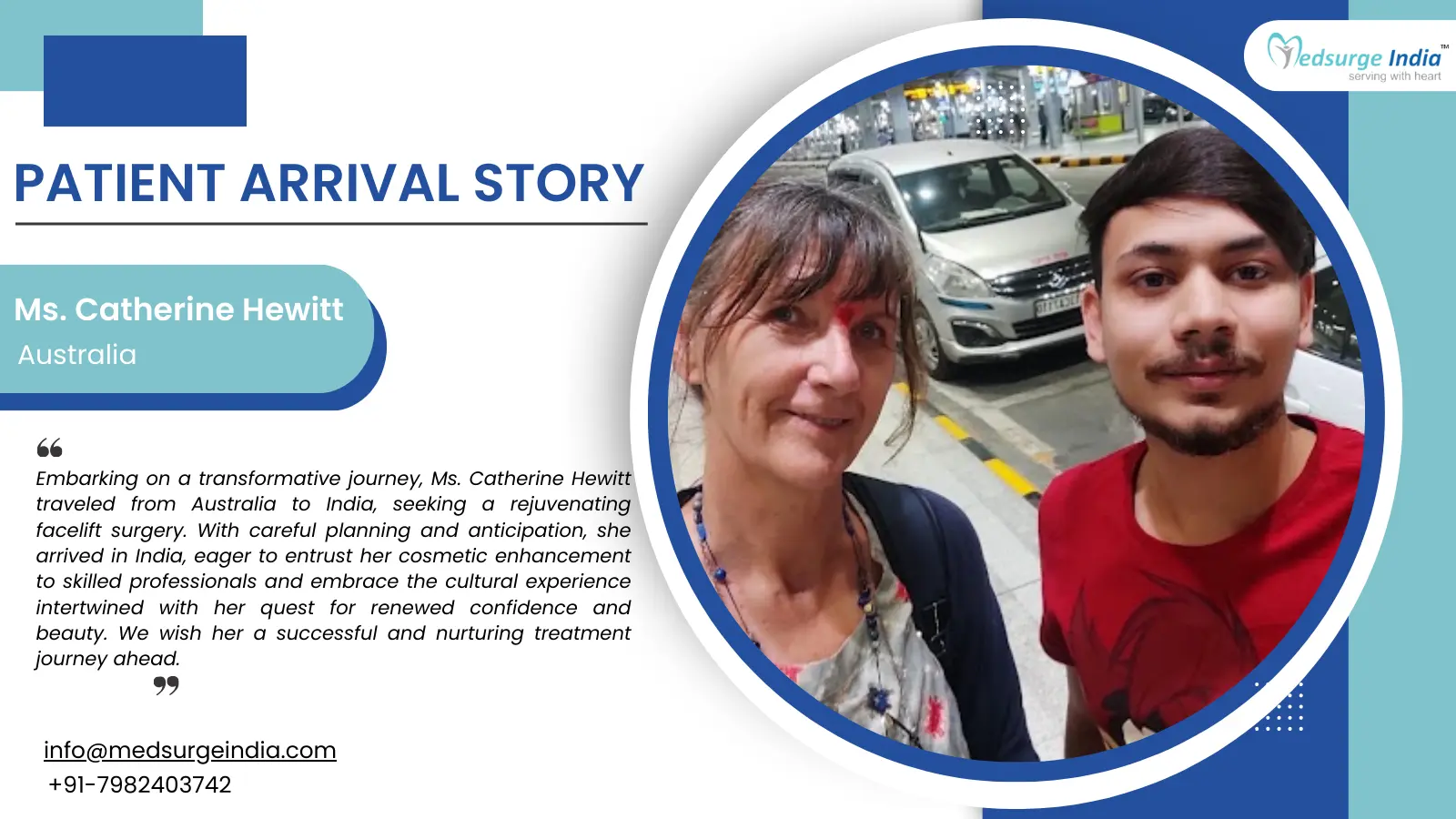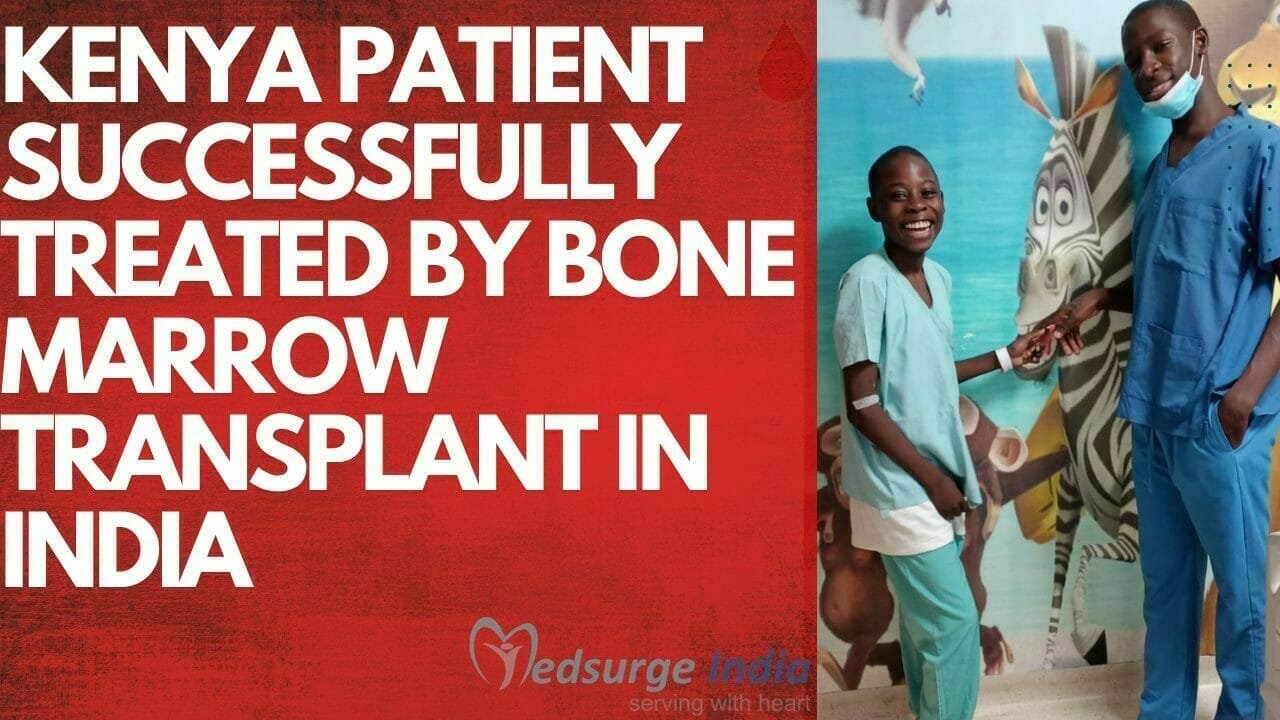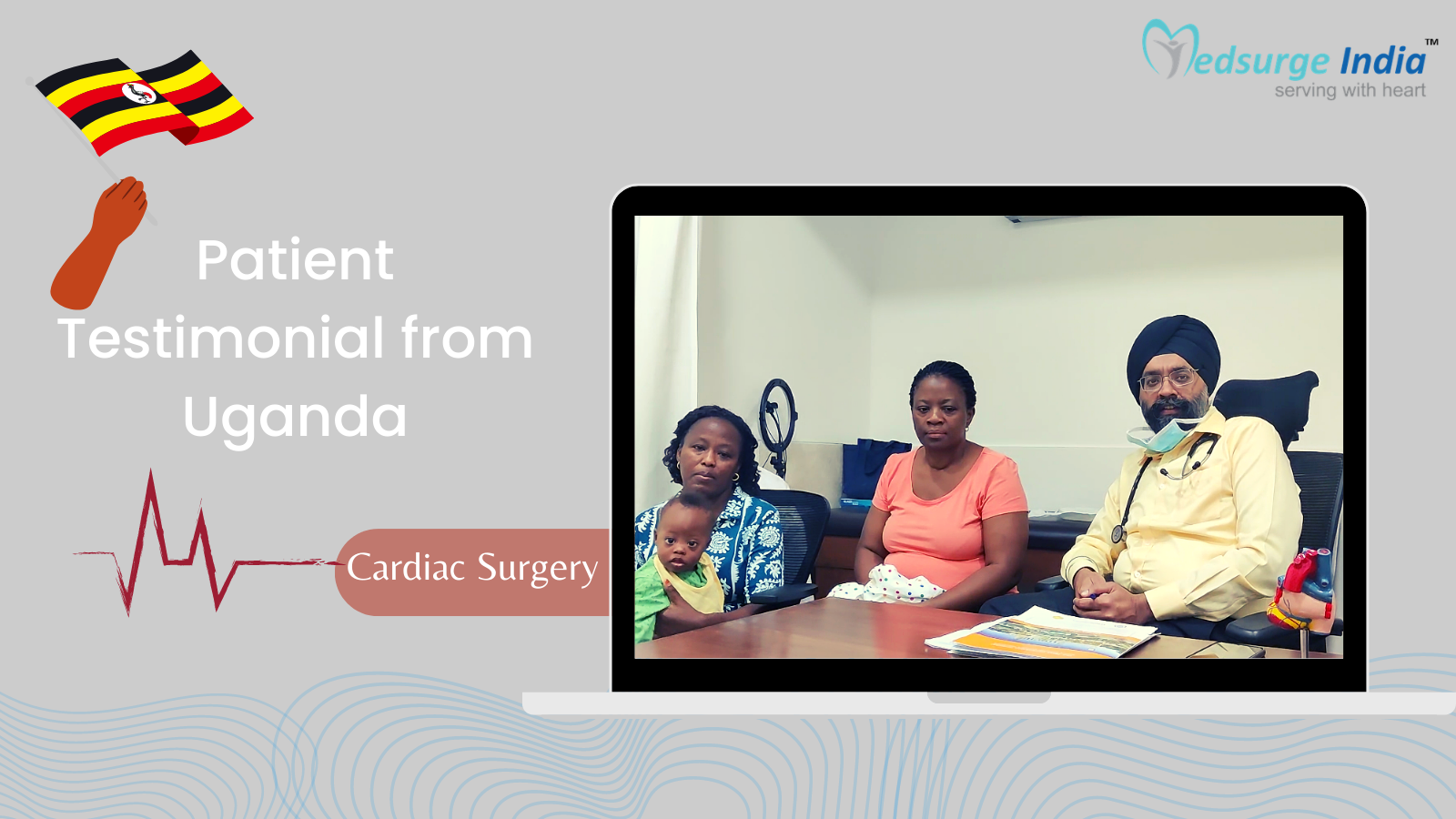
Rare cancers like paraganglioma and pheochromocytomas originate from the same type of tissue. A rare tumor that develops in the adrenal medulla is called pheochromocytoma (the center of the adrenal gland). Adrenal glands are not where paragangliomas develop. The probability of developing pheochromocytoma or paraganglioma is increased by some inherited diseases and mutations in specific genes. The pheochromocytoma treatment in India majorly involves surgery and PRRT therapy. The treatment plan is discussed after genetic counseling.
The pheochromocytoma treatment cost in India depends upon the type of therapy recommended by the specialist and the genetic factor of the patient.
What Is Pheochromocytoma ?
The adrenal medulla plays an instrumental role in synthesizing and secreting catecholamines – hormones such as epinephrine (adrenaline) and norepinephrine (noradrenaline). These hormones are released when the body is under stress to start the defense mechanism, which quickly changes the body’s physiology by increasing the heart rate and the blood supply to vital organs. These hormonal effects happen instantly. The usual equilibrium of the body’s stress response hormones is disturbed by pheochromocytomas’ excessive production of catecholamines. Although the majority of pheochromocytomas form in the adrenal medulla, they can also appear in other regions that produce catecholamines, such as the belly, pelvis, chest, and neck.
What Are the Symptoms of Pheochromocytoma?
Signs and symptoms of Pheochromocytoma frequently include:
- Higher blood pressure
- Headache
- Excessive sweat
- A speedy heartbeat
- Tremors
- Pallor
- Breathing problems
- Symptoms of a panic attack
Less common signs or symptoms may include:
- Anxiety, panicking, or a sense of fearing
- Blurred vision
- Constipation
- Loss of weight
The signs and symptoms of pheochromocytoma might be ongoing, sporadic, weaker, or constant. These episodes can be triggered by certain situations or behaviors, meals high in tyramine, a compound that influences blood pressure, and drugs.
What Are the Causes of Pheochromocytoma?
Researchers don’t know exactly what causes a pheochromocytoma. In the middle of the adrenal gland, there are specialized cells known as chromaffin cells where the tumor grows. These cells release several hormones, particularly adrenaline (epinephrine) and noradrenaline (norepinephrine). These hormones regulate numerous bodily functions, including heart rate, blood pressure, and blood sugar.
The body’s defense mechanism to a potential threat is triggered by the hormones adrenaline and noradrenaline. The hormones cause blood pressure to increase and the heart to beat faster. They put other bodily functions in motion so you can respond swiftly. A pheochromocytoma causes more of these hormones to be released, and it causes them to be released when you’re not in a threatening situation.
Adrenal glands contain the majority of chromaffin cells. However, there are also little clusters of these cells in the heart, head, neck, bladder, abdominal wall, and throughout the spine. Paragangliomas are chromaffin cell tumors that develop outside of the adrenal glands. They might have the same impact on the body as a pheochromocytoma.
How the Diagnosis of Pheochromocytoma is Done?
The following tests that examine the blood and urine are used to diagnose pheochromocytoma and paraganglioma:
- Physical Exam and Health History
- Urine Tests
- Blood Catecholamine tests
- CT scan
- MRI
Genetic counseling should be provided to all patients who have been diagnosed with pheochromocytoma or paraganglioma in order to determine their risk of developing an inherited disease and other cancers that are connected.
A genetic counselor may suggest genetic testing for patients who:
- Possess characteristics associated with inherited pheochromocytoma or paraganglioma syndrome in self or family history.
- Both of the adrenal glands are tumor-filled.
- Have more than one tumor in one adrenal gland.
- If Having indications or symptoms of a malignant (cancerous) paraganglioma or an excess release of catecholamines into the blood.
- Are diagnosed before the age of 40.
For individuals with pheochromocytoma, genetic testing is occasionally advised if they:
- Are aged 40 to 50 years.
- Have a tumor in one adrenal gland.
- Neither you nor your family should have a history of inherited syndrome.
- Genetic testing is frequently made available to family members who are at risk but do not exhibit any symptoms when specific gene mutations are discovered.
It is not advised to perform genetic testing on patients older than 50.
Pheochromocytoma Treatment Cost In India
The average Pheochromocytoma Treatment Cost in India starts from USD 4500. Several factors have a direct impact on the cost of Pheochromocytoma Treatment in India. The method of your treatment used to carry out the procedure will determine the cost of your Pheochromocytoma Treatment in India.
Below are the average cost of Pheochromocytoma Treatment in different cities in India:
| Cities | Starting Prices |
| Delhi | USD 4500 |
| Noida | USD 4600 |
| Gurgaon | USD 4800 |
| Bangalore | USD 5000 |
| Chennai | USD 4500 |
| Kolkata | USD 4600 |
| Mumbai | USD 4900 |
| Hyderabad | USD 4600 |
Note: A number of variables will affect the treatment’s cost.
Factors That Can Affect Pheochromocytoma Treatment Cost in India
Standard of medical care and services is on par with the world’s top hospitals in terms of quality and standard. Regardless of deducting the cost of lodging, meals, and transportation. The following factors may impact Pheochromocytoma Treatment Cost in India:
- Medication costs.
- Duration of treatment.
- Geographical location.
- Hospitalization expenses.
- Government policies and subsidies.
- Medical tourism packages.
- Hospital reputation and infrastructure.
- The expertise and experience of medical professionals.
- The type and frequency of diagnostic procedures.
- The choice of treatment modality.
Patients and medical professionals can successfully negotiate and make decisions that meet their needs and preferences by being aware of these variables.
Know More – Role of PRRT Therapy in Cancer Treatment
Get Free Cost Estimation
Procedure
Pheochromocytoma Treatment in India
When paraganglioma or pheochromocytoma is discovered, pharmacological therapy is commenced for the treatment of pheochromocytoma in India. This could include:
- Medications that maintain normal blood pressure. For instance, a class of medication known as alpha-blockers stops noradrenaline from causing small blood vessels to become more narrow. Blood flow is improved, and blood pressure is reduced, by maintaining open, and relaxed blood vessels.
- Medications that maintain a regular heart rate. For instance, a class of medication known as beta-blockers reduces the heart rate and blocks the effects of too much noradrenaline.
- Drugs that counter the effects of excess hormones produced by the adrenal gland.
- Drug therapy is often given for one to three weeks before surgery.
For treating pheochromocytoma in India, six types of standard treatments are used:
Surgery:
Adrenalectomy is typically the procedure used to remove pheochromocytoma (removal of one or both adrenal glands). The tissues and lymph nodes inside the abdomen will be examined during the procedure, and if the tumor has spread, these tissues may also need to be removed. To maintain normal blood pressure and heart rate throughout and after surgery, medications may be used.
Radiation Therapy:
High-energy x-rays or other types of radiation are used in radiation therapy, a cancer treatment, to either kill or stop the growth of cancer cells. Two types of radiation therapy exist:
- External Radiation Therapy
- Internal Radiation Therapy
131I-MIBG, which delivers radiation directly to tumor cells, is frequently used to treat metastatic pheochromocytoma. Certain types of tumor cells absorb 131I-MIBG, a radioactive material, and the radiation it emits kills the tumor cells. 131I-MIBG is administered intravenously. Before starting treatment, a test is performed to see if the pheochromocytoma will take up 131I-MIBG because not all pheochromocytomas accept it.
Role of PRRT Therapy:
A possible treatment for metastatic and/or incurable paraganglioma (PPGL) and pheochromocytoma is 177Lu-DOTATATE-based peptide receptor radionuclide therapy (PRRT). The aim is to evaluate the efficacy and safety of and identify predictors of response to 177Lu-DOTATATE therapy in minimizing metastatic and/or inoperable PPGL.
Chemotherapy:
Chemotherapy is a type of cancer treatment that employs medications to kill cancer cells or prevent them from proliferating in order to stop the growth of cancer cells. Chemotherapy enters the bloodstream whether administered orally or through an injection into a vein or muscle, where it can reach cancer cells throughout the body (systemic chemotherapy). Multiple anticancer medications are used during combination chemotherapy. Treatment for paragangliomas and pheochromocytomas involves systemic chemotherapy.
Suggestion
You can take medication to help replace the hormones that your body won’t be able to produce any longer if your doctor removes both of your adrenal glands. Whatever your course of therapy, you’ll need to visit your doctor frequently to ensure that PCC doesn’t reoccur. They can also help you in dealing with any treatment-related long-term side effects.
An estimated 95% of those who are diagnosed with a malignant form of pheochromocytoma that hasn’t metastasized to other parts of the body survive for at least another five years. 34 to 60 % survive at least 5 years following diagnosis if the tumors have spread or returned after treatment.
The Most Important Frequently Asked Questions
Q: Which Medication Is Most Effective for Treating Hypertension in Pheochromocytoma?
A: It has been demonstrated that the beta-adrenergic blocker labetalol (Trandate, Normodyne), a selective alpha-adrenergic blocker and non-cardioselective beta-adrenergic blocker, is useful in reducing pheochromocytoma-related hypertension.
Q: How Long Can You Live with Pheochromocytoma?
A: The five-year survival percentage for patients with a small pheochromocytoma that has not migrated to other body areas is around 95%. Patients with pheochromocytoma that have migrated to other areas of the body or grown back (recurred) have a five-year survival rate between 34 and 60%.
Q: What Foods Trigger Pheochromocytoma?
A: Foods high in tyramine, a substance that affects blood pressure, also can make symptoms worse. Tyramine is common in foods that are fermented, aged, pickled, cured, overripe, or spoiled. These foods include cheese also.
Q: How Serious Is a Tumor on the Adrenal Gland?
A: It might always be high or just occasionally. Sometimes a tumor can result in life-threateningly high blood pressure. It is an extremely unusual reason for high blood pressure. However, it must be taken into account when medication is insufficient to control high blood pressure.
Q: How Do They Remove Adrenal Tumors?
A: To remove the adrenal gland tumor, surgeons must create a significant abdominal incision during open surgery. If a patient has abdominal scar tissue, which can make minimally invasive procedures more challenging, open surgery may be used. Large malignant adrenal tumors may also be removed with open surgery.
Top Hospitals for Pheochromocytoma Treatment In India
Top Doctors for General Surgery
Dr. Nanda Rajneesh
Senior Consultant
Experience: 25 years of experience
Apollo Cradle & Children’s Hospital, Koramangala
Bangalore, India
Dr. Narendra Kumar Reddy G
Senior Consultant
Experience: 23 years of experience
Manipal Hospital Whitefield Formerly Columbia Asia Bangalore
Bangalore, India
Dr. Darwin P
Consultant
Experience: 30 years of experience
Apollo Specialty Hospital Vanagaram, Chennai
Chennai, India
Dr. Sachin Ambekar
Director
Experience: 23 years of experience
Minimal Access Smart Surgery Hospital (MASSH)
New Delhi, India
Dr. Chandan Juneja
Consultant
Experience: 22
Manipal Hospital Millers Road formerly Vikram Hospital Bangalore
Dr. Monika
Senior Consultant
Experience: 10+ years of experience
Max Super Speciality Hospital Bathinda
Bathinda, India
Dr. Vinay Sabharwal
Senior Consultant
Experience: 40 years of experience
Apollo Spectra Hospital, New Delhi
New Delhi, India
Dr. Praveen Kumar P
Senior Consultant
Experience: 29+ years of experience
Sahyadri Narayana Multispeciality Hospital, Harakere, Shimoga
Shimoga, India
Dr. Vijay Deshmukh
Consultant
Experience: 41 years of experience
Nanavati Super Specialty Hospital Mumbai
Mumbai, India
Dr. K.N. Srivastava
HOD
Experience: 42 years of experience
BLK Super Speciality Hospital, New Delhi
New Delhi, India
Dr. Sudip Chakrabarty
Senior Consultant
Experience: 35 years of experience
Apollo Hospitals, Mumbai
Mumbai, India
Dr. Rekha Jaiswal
Senior Consultant
Experience: 18 years of experience
Indraprastha Apollo Hospital New Delhi
New Delhi, India
Dr. Pooja Agarwal
Consultant
Experience: 11 years of experience
Medica Superspecialty Hospital
Kolkata, India
Dr. Manjunath Haridas
Consultant
Experience: 21 years of experience
Manipal hospitals Life’s On, Whitefield
Bangalore, India
Dr. Zayed Ashok Rahman
Consultant
Experience: 27 years of experience
Ruby General Hospital, Kolkata
Kolkata, India
Dr. Sunder Narasimhan
Senior Consultant
Experience: 22 years of experience
Apollo Hospital Bangalore Bannerghatta Road
Bangalore, India
Dr. Sandeep Guleria
Senior Consultant
Experience: 33 years of experience
Indraprastha Apollo Hospital, New Delhi
New Delhi, India



